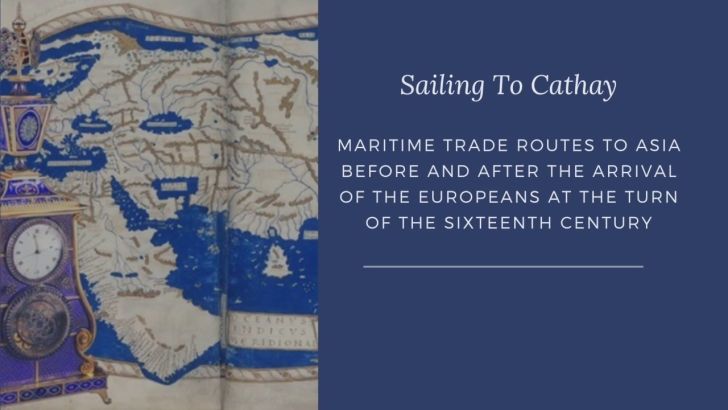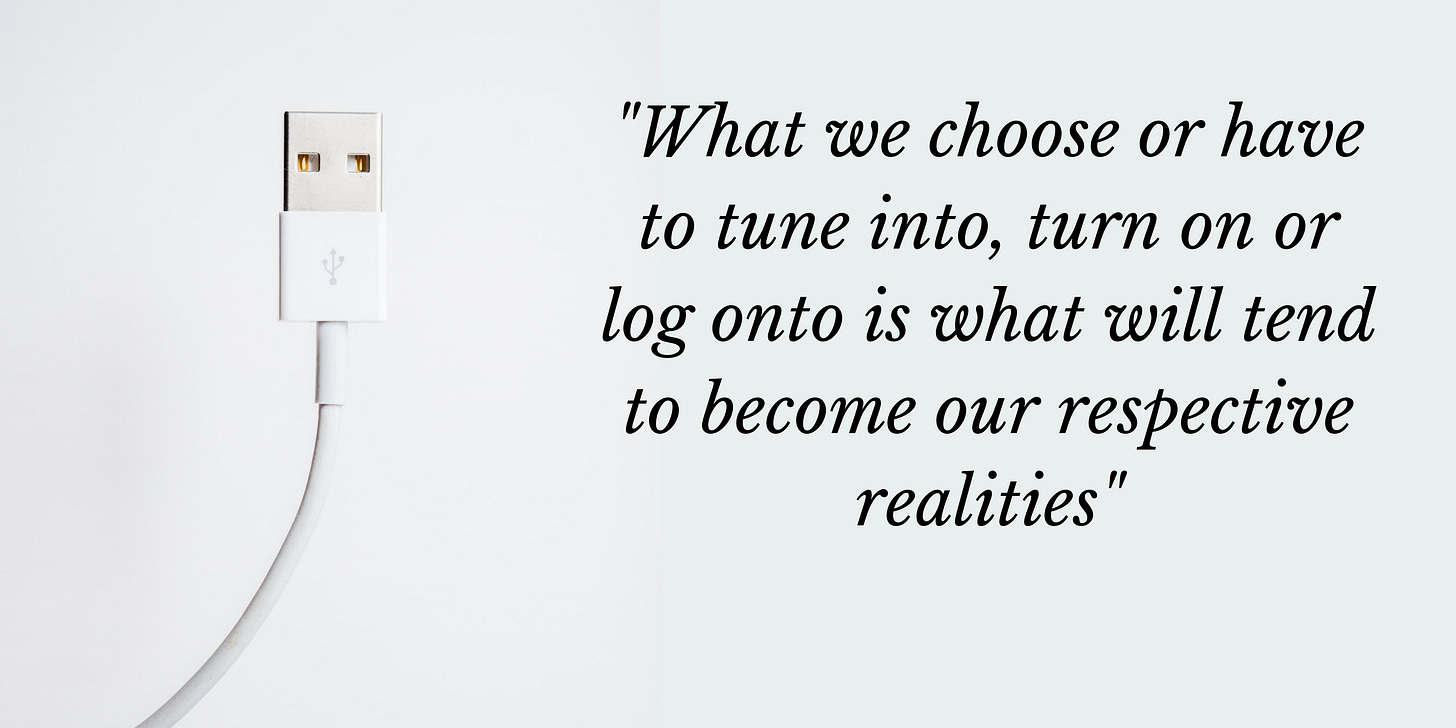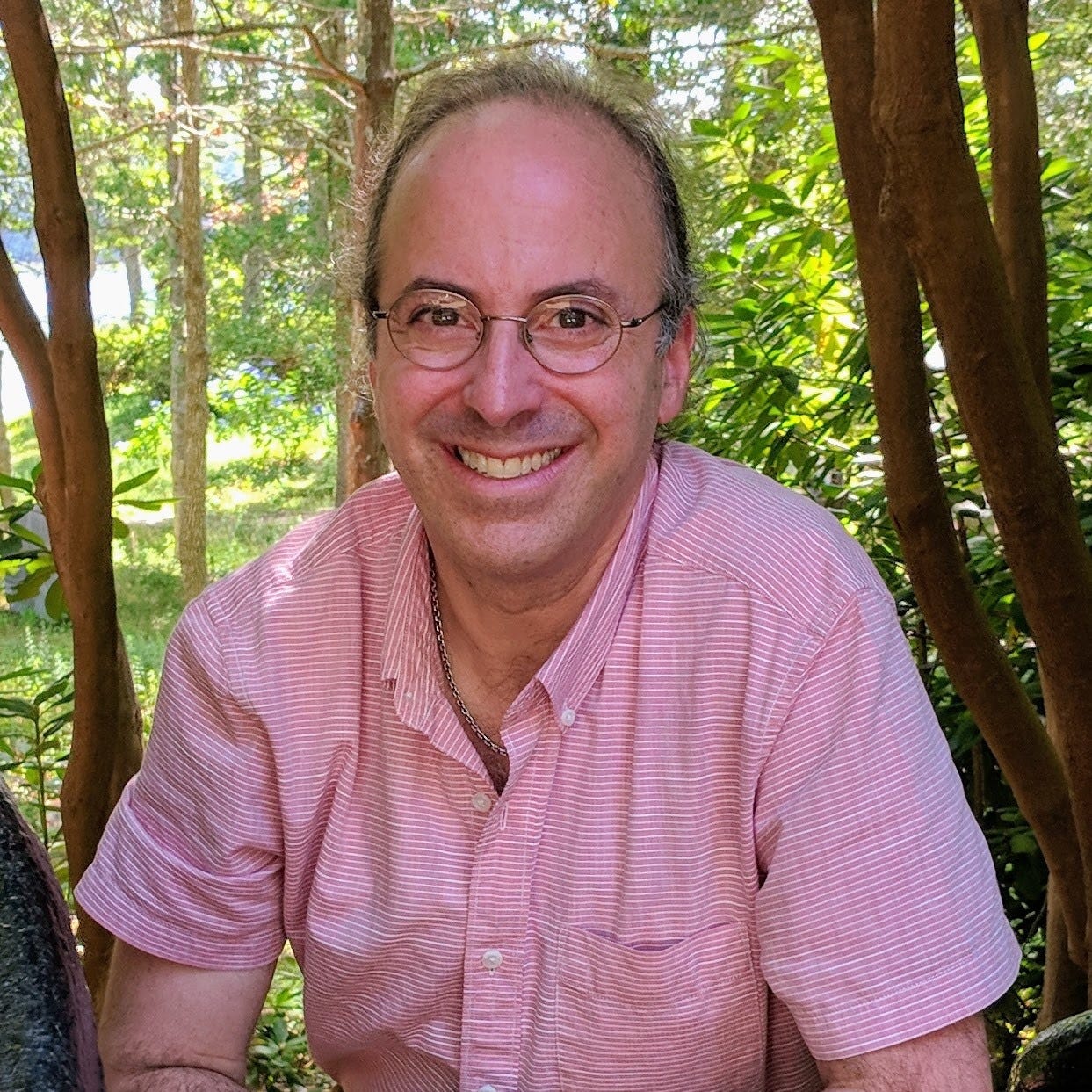This issue begins with a lecture announcement, followed by a discussion of how and where we get our news impacts us domestically and internationally. Finally, Afong Moy, the nineteenth-century, female, Chinese pioneer on America’s shores, makes her return in a new theater production.
Sailing to Cathay Lecture Announcement
Last year during the height of the pandemic quarantine, I prepared a lecture exploring the vibrant trade routes that existed in the Arabian Sea, Indian Ocean, and South China Sea before and after the arrival of the Europeans in Asia at the turn of the sixteenth century. The lecture brings ancient maps to life and discusses art, culture, religion, people, and of course, merchant trade.
This is a short video of me introducing Sailing to Cathay: Maritime Trade Routes to Asia Before and After the Arrival of the Europeans at the Turn of the Sixteenth Century. The lecture has been well received by audiences and, in our new Zoom-world, can be presented anywhere—North America, Europe, Asia, and beyond.
We Are Our News
Our news and information colors our lives--from how we view the world around us to the actions we take, or may not take, in response thereto.1 What we know or think we know are powerful motivators. So how do people in China and America receive and process their news?
Unfortunately, the “either-or” twenty-first century world in which we live closely mimics the “either-or” framework of most modern-day media sources. We can debate causation, but in the end the outcome is the same. People by and large have settled into their own, respective information echo chambers (both voluntarily and involuntarily).
The democratization of news, from traditional radio, network television, and print outlets to burgeoning cable television and online streaming, has spawned a revolution in information delivery. In a vacuum, this is not a bad thing. However, in reality it has led not only to voluminous mis- and dis-information, but has also created one-sided, tailored, and expressly ideological information dissemination. And audiences in both countries have gravitated to it like moths to a flame. As a result, most of us hear one perspective, and one perspective only, and this molds how we think, speak, write, act, and do not act.
In China, the Communist Party controls all official media. As for unofficial and quasi-official, online platforms, there are several, but message censorship and scrubbing are endemic, while chosen ones might be passively tolerated or actively promoted. And while not a few Chinese are able to jump the Great Firewall to learn more about the outside world, for the most part, what more than one billion Chinese see and hear (whether on radio, television or in print and online) is what the government sanctions (official) or encourages (unofficial and quasi-official). This is their echo chamber.
In America, mass media is mostly controlled by large corporations with their own ideological biases. As for independent, online platforms, there are many, and it is true that the news options available to Americans are broad if we so choose. However, by and large, we have fallen into silos, and what a few hundred million Americans see and hear (whether in radio, television or in print and online) is what the news corporations sanction. This is our echo chamber.
Most of what is proclaimed in China, no matter the venue, is the Chinese Communist Party line: China is historically great, China is reclaiming her rightful place and respect in the world, China owes it all to the Party, and a declining America is out to impede her progress and keep her down. Unofficial views in China run a spectrum, ranging from progressive/liberal to reactionary, but the louder voices in recent years seem to be the reactionary, nationalistic side of the spectrum with a heavy dose of anti-foreign vitriol.
China’s success in combating the Covid-19 pandemic (even before vaccines), restarting the economy after quarantine, personal and national economic success, and defending what they view as China’s physical and cultural integrity are points of strong pride. As others have written, for most Chinese, they are living better, longer, and more meaningful lives than at any time in their history. They see the positives in China, they are supportive of the national direction, and all of this outweighs known and unknown (hidden) warts. These are their realities.
At the same time, the Chinese populace receives heavy doses of American horror stories. I hear the impact of such news when speaking with Chinese friends on WeChat. The questions they ask and the concern in their voices speak volumes. They want to know about personal safety in America, about attacks on Asian people, about gun violence, about the inability of the country to manage the pandemic, as well as long-term questions about whether America is a welcoming country with a bright future.
I shudder in listening to these fears. I struggle to respond effectively. Because, let’s be honest. While the Chinese populace is not seeing examples of positive aspects of American society (of which there are many, many fine people and organizations trying to rebuild America upon the ideals to which she aspires and combat the hate and delegitimization that a significant part of the electorate and governments advocate), it cannot be said that they are seeing an inaccurate portrait of America today. On a macro level, everything the Chinese see and hear about America is a fact, if one-sided. They see the bad in America balanced against the good in China. This is their reality, and the contest is not even close from their perspective.
America suffers from many of the same media biases as China, if not in reverse. We have splintered into two camps, the ultra-liberal and the ultra-conservative. What is official policy may change with government administrations, but America is great, America is the land of opportunity and a beacon to the world, and an ascendant China is out to impede us and bring us down are also the order of the day. Nationalistic pride and anti-foreign vitriol are louder and louder voices.
Both countries face the same threat of blindered knowledge with the same forces at play. The longer we occupy our respective echo chambers, the greater the risk to understanding, compromise, cohabitation, and peace.
The Chinese Lady – A Play
The woman known as Afong Moy, the first documented Chinese woman to reside in America, is back.
Earlier this year, I wrote a book review of Nancy Davis’ The Chinese Lady: Afong Moy in Early America. Last week, as part of Asian Pacific American Heritage Month, Chicago’s TimeLine Theatre Company presented a live, online, staged reading of portions of their new production of “The Chinese Lady,” followed by a panel discussion on the subject of race and Asian-American depiction. Written by Lloyd Suh and directed by Helen Young, the play brings to life a new interpretation and commentary of Afong Moy and her life in mid-nineteenth century America.
With this month’s opening night delayed for at least a year, the event (“Setting the Stage: The Chinese Lady. Building a Bridge Toward Asian Visibility”) brought us screen-to-screen with Afong Moy (Stephanie Hsu) and her enigmatic interpreter, Atung (Rammel Chan). Afong Moy was at first a marketer for Chinese products brought back from China by two American merchants. Later, she was an act in P.T. Barnum’s traveling show.
We know of Afong Moy only because of what others have written, of references and minimal records, of playbills and newspaper articles announcing her performances in many parts of America between 1834 and 1851. We do not know her true name. One suggestion is that “Afong Moy” could be a phonetic transliteration of an informal, general address for a young woman (she was a teenager when she arrived in New York City).
In the play, Afong Moy develops and eventually shares her own voice. She comments on the breadth of changes she witnessed in mid-nineteenth century America. It was a turbulent time of racial and ethnic strife, of economic and military challenges, of a younger America clashing on many of the same topics still front page in the press today.
Afong Moy’s voice is self-aware and strong, with opinion, conviction, and a bit of snark that may or may not have been within the repertoire of a young girl from southern China at the time. She is proud of where she comes from, pointing out that tea, a native drink of her country, had captured the world.
As she is portrayed many years after her arrival, was she as keen an observer of not only American society, but also her own place within it? Did she equate herself in part with the treatment of Native Americans by the European immigrants? What was her relationship with Atung as a person? To this point, the stoic Atung powerfully shared his own thoughts and opinions in brief, meaty comments and silences.
The panel consisted of the playwright, director, and lead actress, as well as the dramaturg (Yiwen Wu) and two professors, Anne Anlin Cheng from Princeton and Christine Mok from University of Rhode Island). In discussing how figures lost to history are erased (and brought back), made visible, represented and depicted, the panelists commented on and discussed “the roots of prejudice, bigotry, and hate facing today’s Asian-American and Pacific Islander community [in order to inspire] us to see and understand each other anew.”
Afong Moy reflects the phenomena that Asian women (and also Asian men) are a composite both visible and invisible. Alluring yet dangerous (strong yet barbarian). Different and not American. In Afong Moy’s case, she was a performer, an actress directed and guided and led throughout her time on these shores. The renewed interest in who she was, what she did, and what she thought remains a poignant story and is instructive still in the early twenty-first century.
China Resources
This South China Morning Post article describes the recent demolition of a lakeside development of more than 1,000 villas and flats that was illegally built in a nature conservation area in Southwestern China (Dianchi Lake Villages Leveled).
Following up a recent article I wrote on China’s demographic crunch (Issue 12), this South China Morning Post article details results of a new Chinese survey in which 20% of women who got married in 2020 regretted their decision (Unhappy Wives in China).
Follow Andrew Singer on Social Media: Instagram, Facebook, Twitter.
Photo by Rodion Kutsaev on Unsplash











